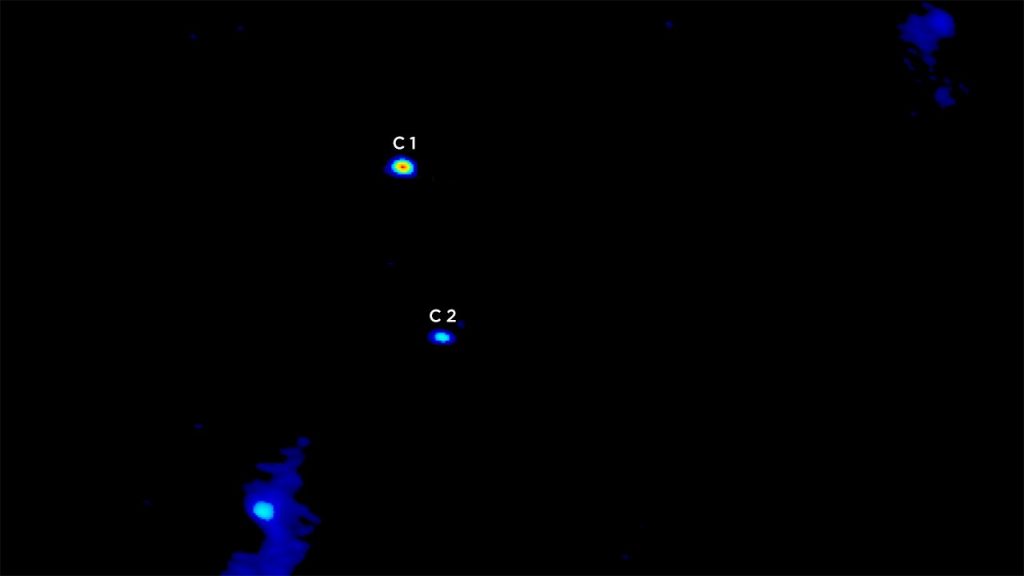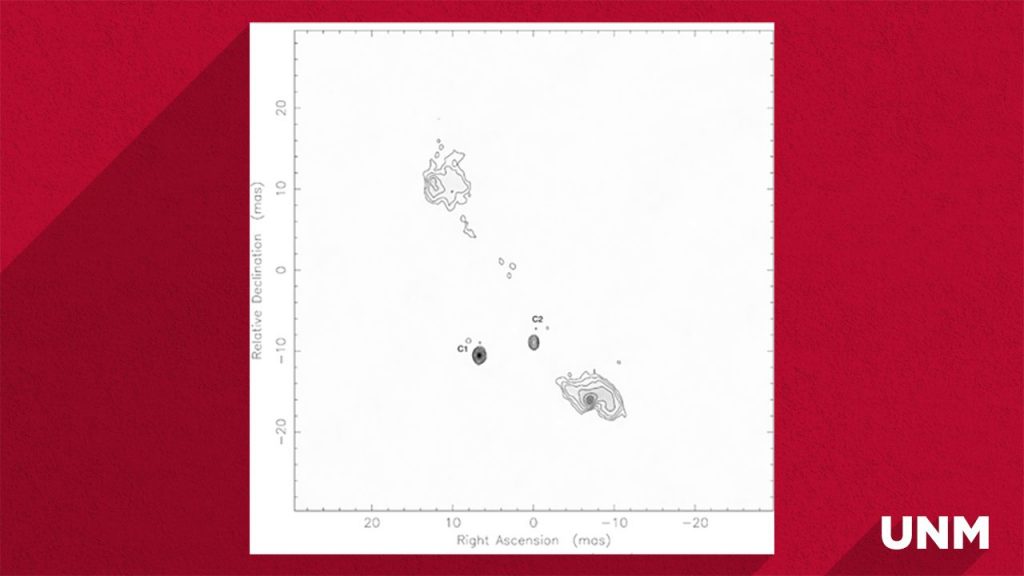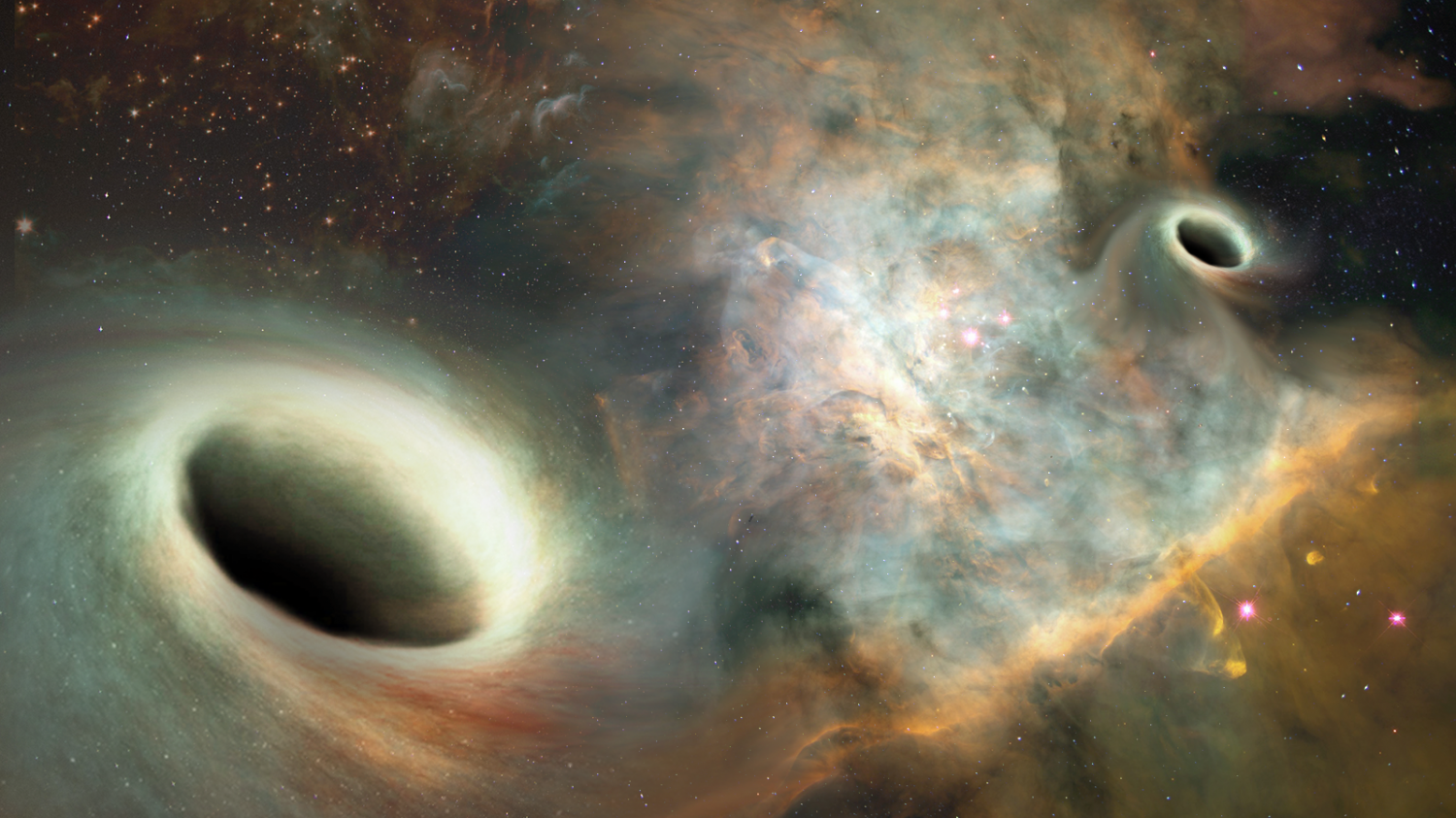Okay, so merging black holes are no more a secret. Two gravitational wave signals were detected by LIGO in Feb and June last year. The signals proved existence of gravitational waves coming out of the black hole merger.

However, black holes must be entangled in an orbit, attracting each-other in a circular dance before they merge. This phenomenon is very hard to detect, because the signal is not so strong compared to the merger event.
This week, that exact event has been confirmed in groundbreaking work published in The Astrophysical Journal. This was a feat achieved by a collaboration between University of New Mexico and Stanford University fellows.
Karishma Bansal from UNM is the first author in the published paper.

This event, happening millions of light years away from us, was result of very hard work happening since last 10 years. The method for detection was very similar to the LIGO instrument, which works by creating a virtual huge machine by placing 2 detectors at large distances.

In addition to the black holes, this discovery is also important because this is the first instance of detection of two galaxies. Kudos to the scientists and fellows for this important discovery!
